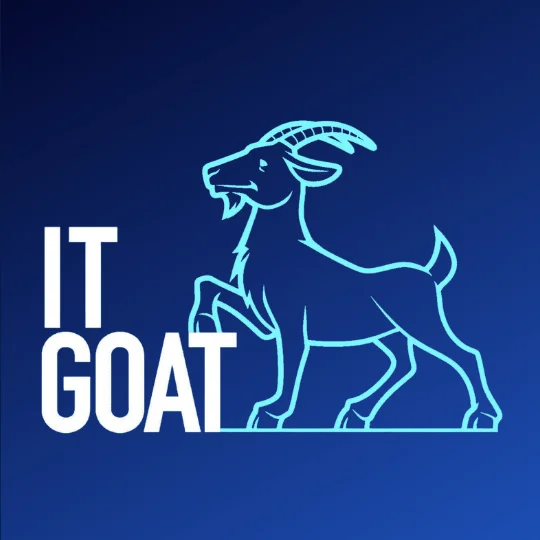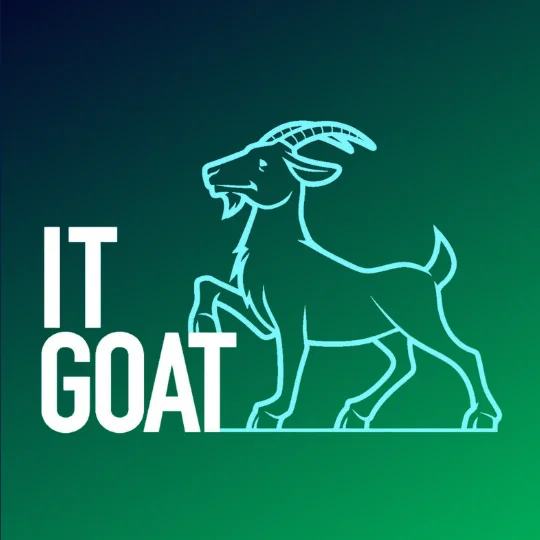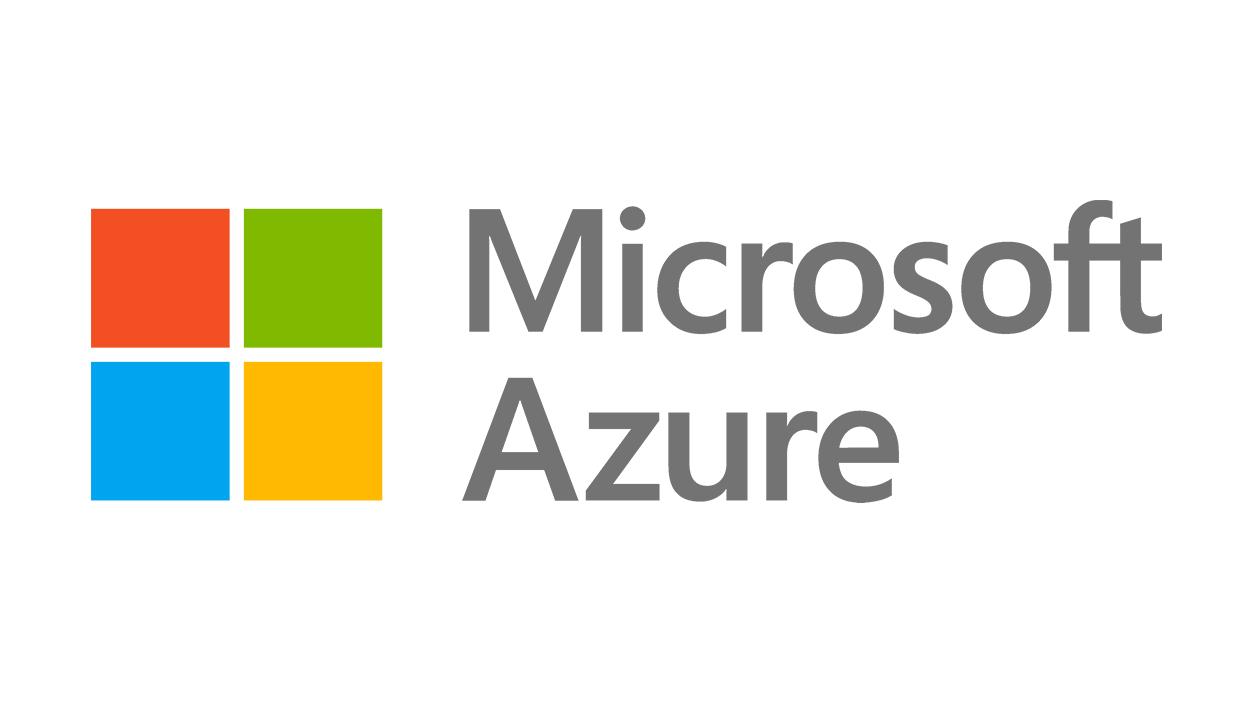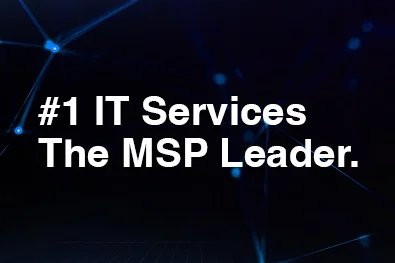- Pricing
- Managed IT Services
- Solutions
IT Management
Strategic Partnerships
Google Cloud
Cloud solutions exclusive to our partnership.
Apple
Apple software tools to boost your productivity.
Microsoft 365
Secure collaboration with our Microsoft 365 suite.
Microsoft Azure
Unmatched cloud security via our partnership.
Amazon Web Services
Cloud computing managed by certified experts.
Cisco Meraki
Network management tools for businesses.
- Expertise
Industry
- Resources
Cybersecurity Insights
About IT GOAT
Preferred IT Provider
- Get Support
- Book a Demo
-
-
-
-
-
























